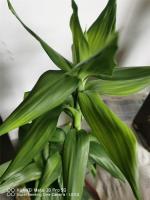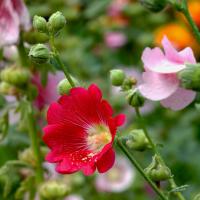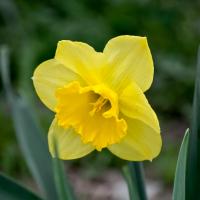When to Plant Tomatoes in Zone 8b
Tomatoes are a popular vegetable for home gardeners and can be grown in a variety of climates. However, the timing of when to plant tomatoes is critical to ensure a bountiful harvest. In zone 8b, which includes areas such as Austin, Texas and Atlanta, Georgia, the planting season for tomatoes is relatively long, but there are still some important factors to consider when deciding when to plant.
Climate Considerations
Zone 8b has a mild winter climate, with average temperatures ranging from 15 to 25 degrees Fahrenheit. The growing season for tomatoes typically starts in mid-March and extends until the first frost in October or November. However, the timing of planting should be based on the average last frost date in your area, which can vary from early March to late April.
Tomatoes require warm soil to germinate and grow, with the ideal temperature range being between 60 and 70 degrees Fahrenheit. Therefore, it's important to wait until the soil has warmed up sufficiently before planting your tomato seedlings in the ground. In zone 8b, this typically occurs after mid-March.
Seedling Preparation
If you are planning to start your tomato plants from seed, it's recommended to begin this process indoors about six to eight weeks before the last frost date. This will provide enough time for the seedlings to develop strong stems and leaves before being transplanted into the garden.
Use a high-quality seed-starting mix to ensure good drainage and nutrition for your tomato seedlings. It's also important to keep them in a warm and sunny location with plenty of light – a south-facing window or a grow light can be helpful.
Planting Tips
Once the soil has warmed up and the risk of frost has passed, it's time to transplant your tomato seedlings into the garden. Here are some tips to ensure success:
Choose a sunny location with well-draining soil.
Dig a hole twice the size of the root ball and add a handful of slow-release fertilizer to the bottom.
Gently remove the seedling from its container, being careful not to disturb the roots.
Place the seedling in the hole and fill with soil, gently patting down to remove air pockets.
Water well and add a layer of mulch around the base of the plant to retain moisture.
Care and Maintenance
Once your tomato plants are in the ground, they will require regular care and maintenance to ensure a healthy and bountiful harvest. This includes:
Watering deeply once a week, or more frequently during hot and dry periods.
Fertilizing every three to four weeks with a balanced fertilizer.
Pruning the lower leaves to promote air circulation and prevent disease.
Trellising or staking the plants to provide support and encourage upward growth.
By following these tips and taking into account the climate considerations of zone 8b, you can enjoy a successful tomato harvest this growing season!

 how many times do yo...
how many times do yo... how many planted tre...
how many planted tre... how many pine trees ...
how many pine trees ... how many pecan trees...
how many pecan trees... how many plants comp...
how many plants comp... how many plants can ...
how many plants can ... how many plants and ...
how many plants and ... how many pepper plan...
how many pepper plan...

































